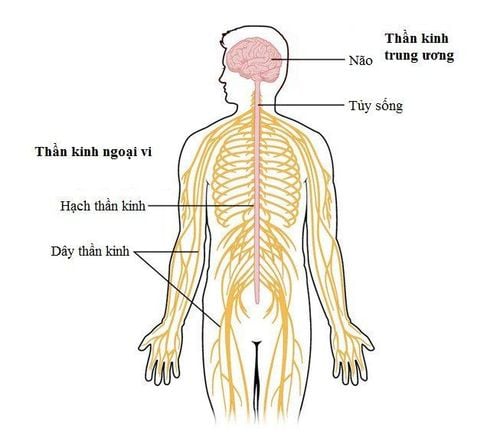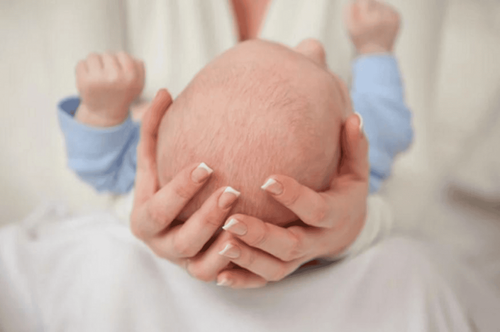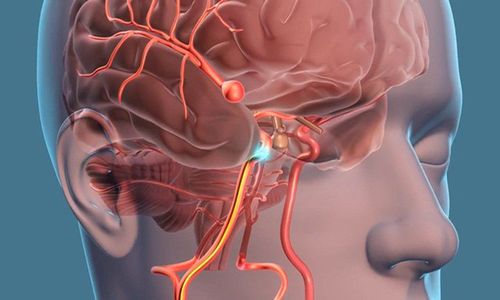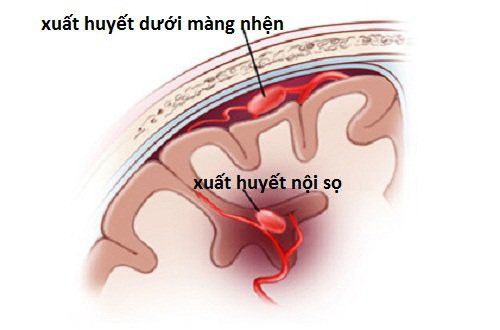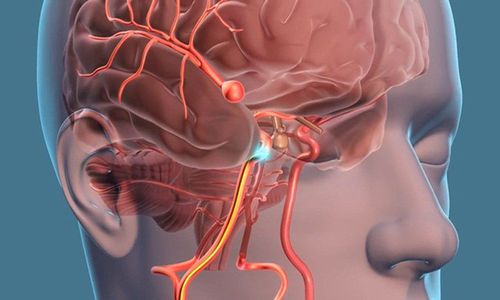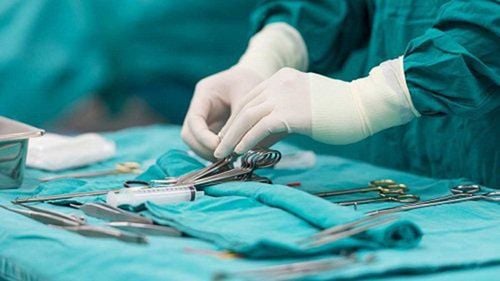This is an automatically translated article.
Lumbar puncture (LP) with examination of cerebrospinal fluid is an important diagnostic tool for a wide range of infectious and non-infectious neuropathies. The techniques, indications, contraindications, and complications of LP in adults will be reviewed.1. What is lumbar lumbar puncture?
Lumbar puncture is a common emergency procedure. It is most commonly used in diagnostics to detect CNS infections , subarachnoid hemorrhage and inflammatory processes. It can also be treated in patients with idiopathic intracranial hypertension. Before performing lumbar puncture providers should be familiar with the different approaches to the procedure and be aware of possible complications. As with any procedure, good preparation is the key to a successful outcome.2. When is lumbar puncture contraindicated?
The presence of elevated intracranial pressure (ICP), regardless of the cause, may increase the risk of brainstem or cerebellar herniation at the alveolar level. Use of anticoagulants (eg, Warfarin, enoxaparin, etc.) due to an increased risk of developing an epidural hematoma. Evidence of cellulitis or abscess over the area where the LP will be performed due to the risk of introducing infection into the subarachnoid space. Significant degenerative joint disease or previous back surgeries may have hardware (Note: Many of these patients may require LPND under fluoroscopy).3. What to do before lumbar puncture?
Verify that no contraindications exist: Head CT scan to rule out active bleeding, midline shift, space-occupying lesions, or signs of brain swelling. EBM topic: CT scan of head before LP when assessing presence of meningitis... Explain procedure to patient and answer all questions Do basic neurological exam with special notation on strength, sensation and mobility of the extremities Place the necessary arrangements so that the CSF tubes can be labeled once the procedure is complete Wash hands, open the lumbar puncture tray without compromising sterility and consider any additional supplies (eg, lumbar puncture or accessory tube)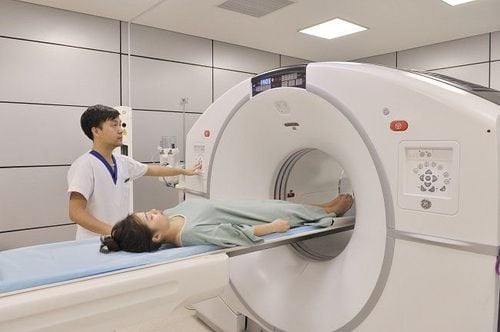
Người bệnh cần chụp CT đầu trước khi chọc dịch tủy não thắt lưng
4. What is the process of lumbar puncture?
Place patient in a supine position, or sit upright leaning forward on a small table:Accurate opening pressure cannot be obtained if the patient is lying flat. If opening pressures are indicated, the patient will need to straighten after the needle puncture to accurately measure the opening pressures, as they can be falsely elevated when pressure is applied to the abdomen in the fetal position. Locate the L3 and L4 spaces by locating the superior iliac crest and placing your thumb in the midline of the spine. Feel above and below to determine the widest space and try to mark the spot with your thumb or make a small indent with an object like a pen or needle cap.
Clean sterile skin using chlorhexidine skin prep: Some doctors will do this using the skin preparation provided in the LP tray after they put on sterile gloves
Wear gloves, mask and sterile protective gear according to organization policy
End LP tray placement including opening CSF tubes to prepare for easy access and applying sterile drape to patient
Withdraw and inject 10mL of 1% lidocaine or 2% (preservative-free; epinephrine-free) to the area: Consider injecting local anesthetic above or below this area in cases where adjustment is needed
Insert the spinal needle at a small angle (imagine umbilical) and with the needle bevel toward the warp threads to attempt to separate the fibers instead of cutting them:
If the patient is lying on the side, the bevel must be directed upwards If the patient is sitting upright and leaning forward, the right oblique angle is directed to the left or right Invasion of the subarachnoid space is often described as feeling "b" right", the insertion (seal) needle is then withdrawn and the cerebrospinal fluid will begin to drain
Have the patient slowly extend the leg (if lying on the side)
Attach a sterile manometer to the tip of the spinal needle for measurement Open pressure:
Normal opening pressure: <20cm H2O Open manometry is important to evaluate cryptococcal meningitis or pseudotumor cerebri If obstruction of cerebrospinal fluid flow to the medullary subarachnoid space is suspected If alive, the clinician can perform the Queckenstedt-Stookey test. Empty the manometer into CSF tube
1 and about 10 drops of CSF into tube
2 - 4 (note: some facilities only use 3 tubes. )
Measure closing pressure (if indicated)
Reinsert the insertion needle (seal set) and withdraw the spinal needle and immediately apply pressure and tape over the insertion site.
5. What to do after the implementation process?
While the traditional teaching has been to have the patient lie flat after the procedure, there is no evidence that it has any effect on the development of post-LP headache. At the same time, there is no harm in having the patient lie flat if they wish to do so.Despite the lack of evidence, some doctors will place the patient on the stomach with a pillow under the abdomen to increase pressure on the tissues around the LP area in the thought that it may stop the CSF from leaking .
Although only based on expert opinion, some physicians will encourage and advise patients to drink extra fluids to help replace CSF draining and prevent headaches (or give patients intravenous fluids). IV fluids if warranted)
Immediately label CSF tubes so that tubes are hand-carried to the laboratory for analysis
If meningitis is suspected, initiate empiric antibiotics with or without steroids based on clinical situation
Repeat neurological assessment to assess for any changes after LP
Record procedure, number of attempts, opening and closing pressures (if applicable), total amount of cerebrospinal fluid marrow exits.

Một số chuyên gia khuyến khích bệnh nhân sau khi thực phiện chọc dịch nên uống thêm chất lỏng
6. Does lumbar puncture have any complications?
Damage to the brain stem Accidental puncture of the aorta or vena cava leads to retroperitoneal hematoma Accidental puncture of the spinal cord due to incorrect location Infection introduced into the subarachnoid space Headache due to cerebrospinal fluid leakage pulp: May be aggravated by sitting or standing, and if persists for more than 1-2 days, may require a blood smear in the area of the LP perforation. Vinmec International General Hospital is one of the hospitals that not only ensures professional quality with a team of leading doctors, modern equipment and technology, but also stands out for its examination and consulting services. and comprehensive, professional medical treatment; civilized, polite, safe and sterile medical examination and treatment space.Please dial HOTLINE for more information or register for an appointment HERE. Download MyVinmec app to make appointments faster and to manage your bookings easily.




